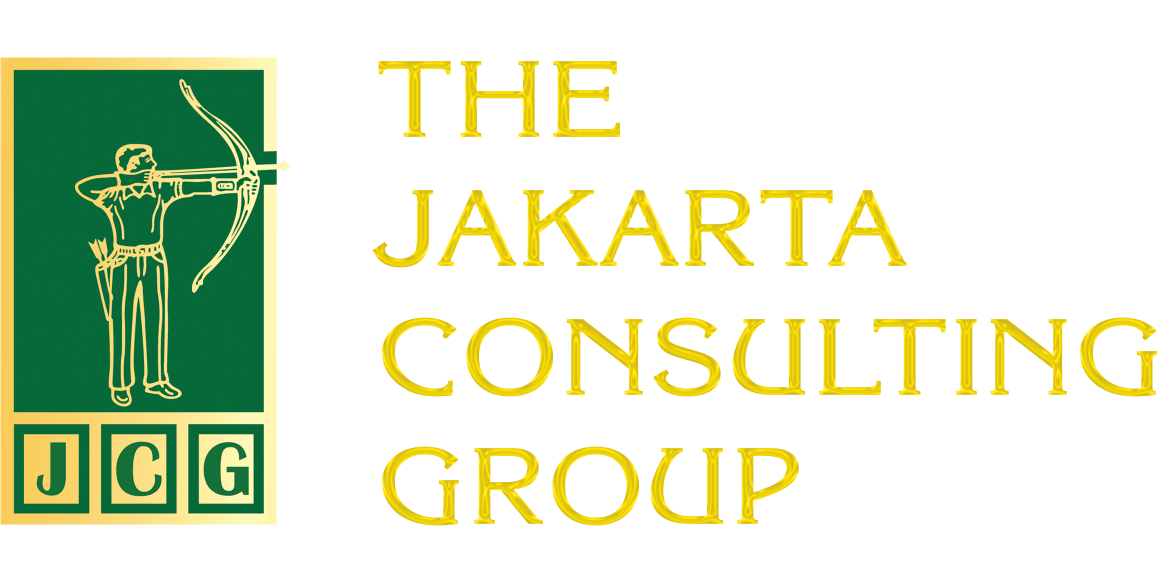The term “silver tsunami” is becoming increasingly popular. It describes the massive wave of baby boomers entering retirement age. This phenomenon is sweeping the world, including Indonesia (although not as intensely as in Europe and Japan).
By 2030, all members of the baby boomer generation, also known as the boomer generation, will be over 65 years old. When millions of people no longer work full-time, or even stop working altogether, the world of work will feel the impact. A great deal of knowledge will be lost as the boomer generation leaves. The challenge for companies is to replace this lost knowledge. Companies may also ask the boomer generation to delay their retirement. This also presents challenges. From the perspective of human resources (HR), this challenge also presents an opportunity.
The Role of Baby Boomers in the Workplace
The baby boomer generation, born between approximately 1946 and 1964, is the largest generation before being overtaken by the Millennial generation. In many countries, they hold key roles in the workplace. This is particularly true in leadership and technical positions that require high levels of knowledge and skills.
However, with the mass retirement of Baby Boomers, organizations are at risk of losing institutional memory, experiencing leadership gaps, and facing labour shortages in essential sectors such as healthcare, engineering, and education.
Why Is the Silver Tsunami So Impactful?
Never underestimate this generation. They have advantages that subsequent generations do not have. Baby Boomers have lived through various social, economic, and technological events. They understand how to deal with pressure, are skilled at making strategic decisions, and maintain organizational stability in times of crisis.
In other words, they are more resilient. This generation is known for its commitment and loyalty to work. They are used to working hard and consistently, something that is sometimes lacking in younger generations who are obsessed with instant gratification.
When it comes to technology, baby boomers are not as clueless as many people think. On the contrary, many are willing and able to learn new technologies, as long as they are given the space and support. They can be a balancing force between the idealism of the younger generation and the realities of the workplace.
With a wise approach, they can help unite different perspectives across generations in the workplace. The values that baby boomers have held dear, such as integrity, responsibility, and perseverance, are increasingly sought after today.
The good news is that not all baby boomers are retiring. Many of them want to continue working. This is due to longer life expectancy, better health, and in some cases, the need to meet financial needs. Faced with this phenomenon, company HR departments have at least two tasks. First, ensuring that baby boomers remain productive despite their advancing age. Second, preparing them for retirement, which will inevitably come sooner or later.
Gradual Retirement for Baby Boomers

So, what should be done?
One smart solution to retain senior employees while preparing for regeneration is to implement gradual retirement. Instead of stopping work completely, baby boomers can gradually reduce their working hours or become mentors.
This way, the knowledge possessed by baby boomers can be retained and gradually transferred. The transition of jobs from the boomer generation to younger generations is also smoother. This is what Japan Airlines (JAL), the Japanese airline giant, has done.
As is well known, Japan’s population is aging rapidly. This also affects the corporate sector, including Japan Airlines (JAL). JAL had to address the issue of mandatory retirement for pilots and flight attendants. JAL created part-time roles or new advisory positions for retired pilots, including in training, safety audits, and operational planning.
Some were recruited from the baby boomer generation to return as ground instructors or simulator trainers to help train younger generations. As a result, quality and safety standards are maintained. The sudden loss of valuable knowledge can be prevented.
Companies can also launch knowledge transfer programs. For example, mentorship programs that pair senior employees with younger ones; documentation to capture knowledge; and cross-training to build broader skills across the workforce.
A Culture of Valuing Employees
Support for senior employees such as baby boomers is not just a policy, but part of the corporate culture. Organizations with a culture that values employees regardless of age actively seek to overcome stereotypes about older workers and recognize the added value of their diverse perspectives.
This is manifested, for example, by recruiting people regardless of age, ensuring career development regardless of age, and encouraging intergenerational collaboration and reverse mentoring. Reverse mentoring occurs when younger employees help older colleagues with digital skills. In return, the older generation shares their experience in leadership and career.
Cognitive Changes and Capabilities

As people age, they experience cognitive changes and a decline in capabilities. Companies that care about their senior employees will make adjustments. For example, they may design workplaces to be more ergonomic, modify physically demanding jobs, use technology and voice-activated tools, schedule work to be more flexible and remote (of course, this must be tailored to the type of work), and so on.
BMW, the German automotive giant, is a good example. BMW realized that most of its employees in Germany were aging, especially in manufacturing. This is a field that requires physical fitness. To address this, BMW redesigned its entire production line to be more worker-friendly for baby boomers. For example, they use adjustable desks, wooden floors to reduce joint strain, provide special footwear, and print instructions in larger fonts. As a result, the company’s productivity has increased, and error rates have been minimized.
Succession is equally important. Traditionally, when people think about succession, they first think about replacing top executives. However, in the context of the “silver tsunami,” important roles at all levels require attention. This is because operational disruptions can occur if employees leave without replacements. To address this, companies must conduct an age analysis of their workforce to anticipate potential gaps, identify employees with valuable knowledge and how to transfer that knowledge, develop talent within the company, and implement reskilling and upskilling programs.
Related Posts:
Non-Monetary Appreciation: The Recipe for Employee Loyalty and Happiness
Golden Shackles: Employee Retention Strategy or Career Shackles?
Climbing the Ladder or Skill Expansion? The Career Dilemma of Today’s Employees
Social Footprint Check: When Digital Footprints Determine a Person’s Career Fate
Psychological Tests Aren’t Enough: The Importance of Mentorship and Reverse Mentoring in Talent Management










